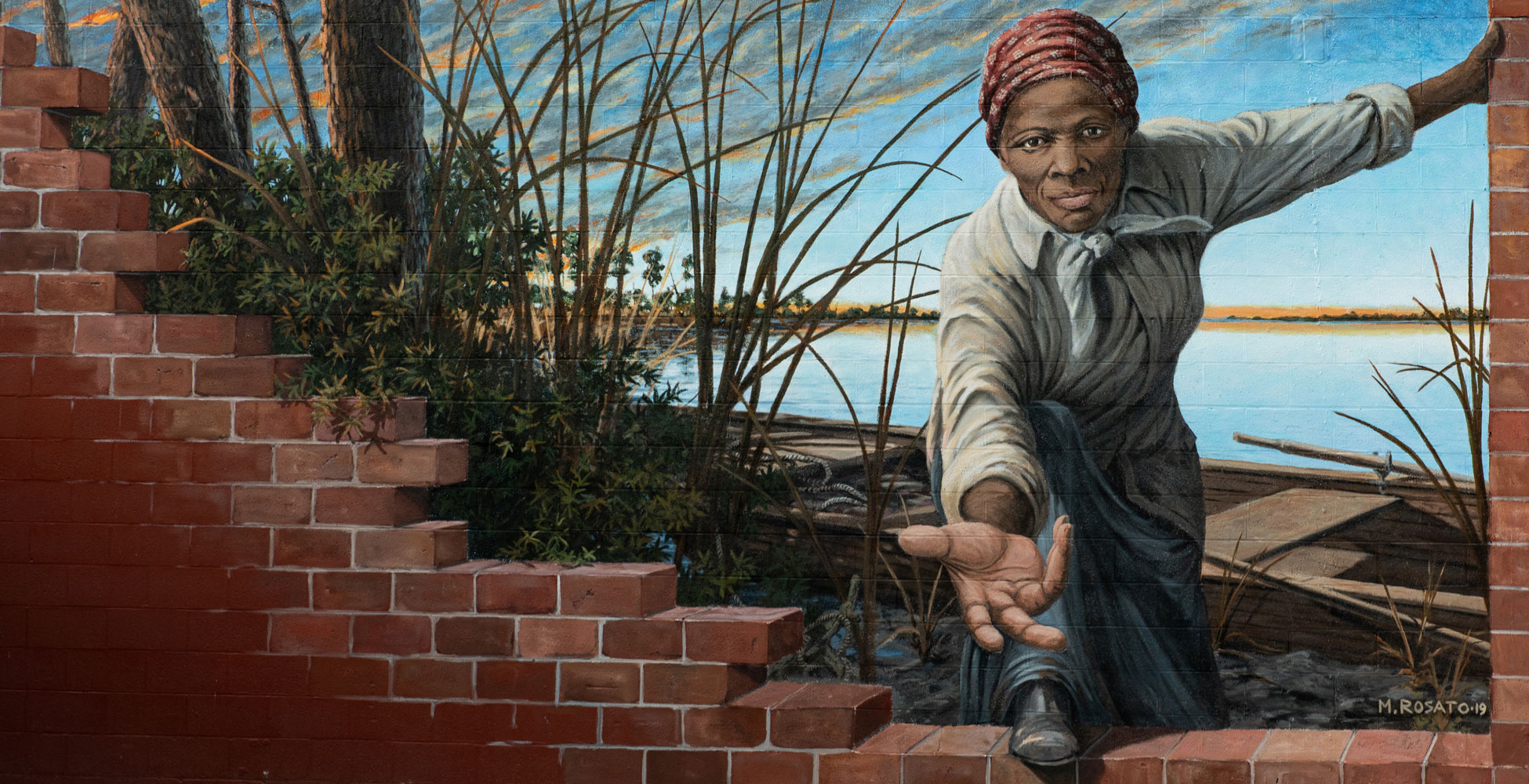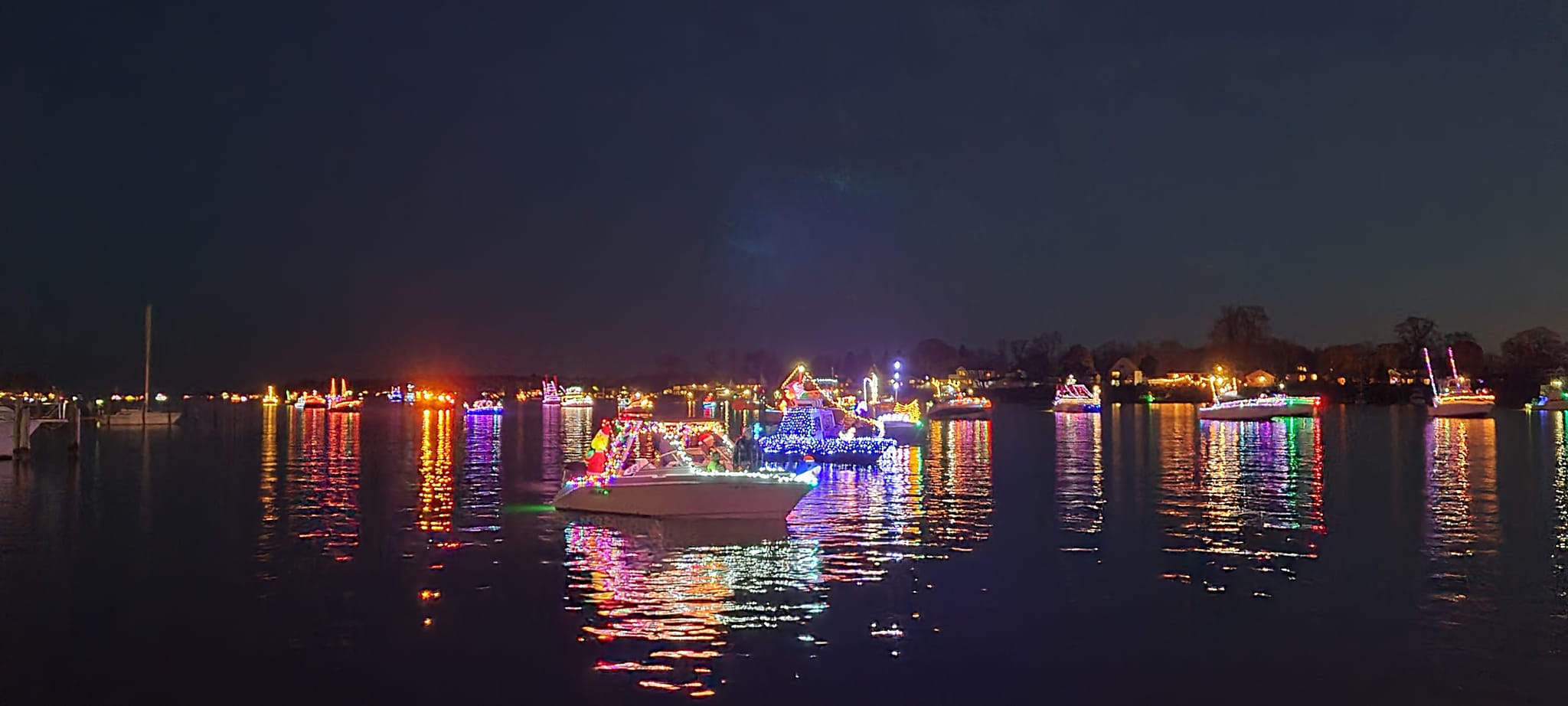Create a rain garden to protect the Bay.
The Chesapeake Bay is nearly 200 miles long and covers 4,479 square miles. The land area surrounding the Bay covers 64,000 square miles. It’s this relationship of land to water that makes the restoration of the Bay so complex. Every time it rains, stormwater flushes through the land and washes 64,000 square miles of land pollution into 4,479 square miles of water.
Of the 18 million people living within that watershed, many are property owners. If you’re one of them, there are simple ways you can help reduce the amount of stormwater polluting the Bay. You can become part of the landscaping movement called “permaculture.”
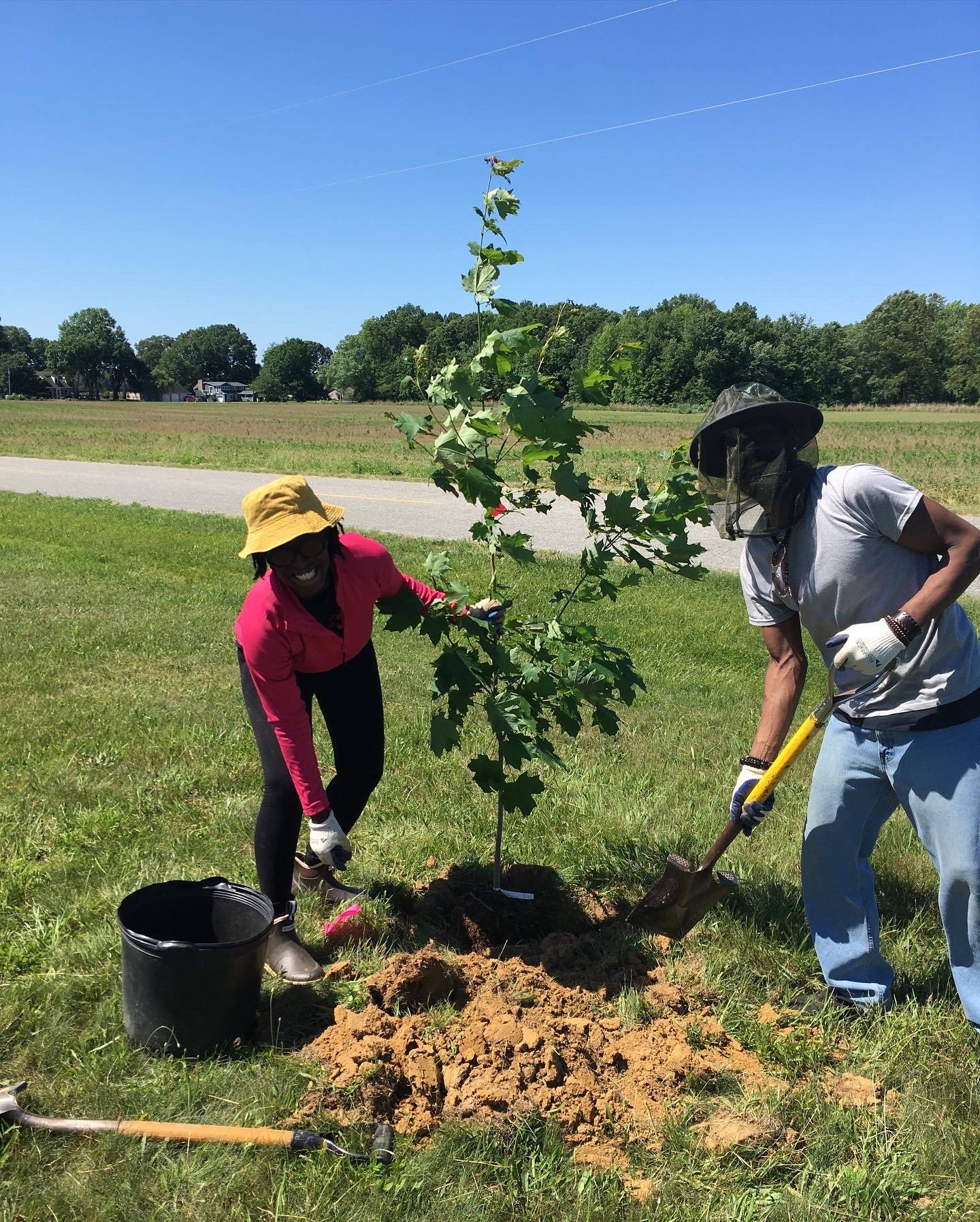
“You can never actually stop water but you can slow it down,” says Shane Brill, permaculture educator and Director of Sustainability at Washington College in Chestertown, Md.
Rain gardens are one beautiful way to keep stormwater from becoming runoff. Berms can also help. Both are design strategies used in permaculture.
“Permaculture provides different techniques for slowing down water,” Brill notes. “It [also] focuses on this idea that clean water is a right of every living organism on this planet.” Retaining water on site prevents silting and fertilizer-fueled algae blooms that degrade water quality in the Bay and destroy marine life. It’s also why riverkeepers and other Bay-focused entities help design landscape restorations. “We do restorations on ag land that reduce thousands of pounds of pollution from flowing into the river each year,” says Zach Kelleher, Sassafras Riverkeeper. “We also work with property owners, public parks and river-friendly programs for individuals. I love being able to empower individual homeowners.”
“Permaculture’s exciting because it [simultaneously] considers multiple functions,” says Kathy Thornton of the Adkins Arboretum in Ridgely, Md. For example, take the choice and positioning of plants in our landscapes. “You want something to be beautiful, but it can also fix nitrogen in the soil, filter water and hold onto soil.”
“Three of the most important actions you can take to help our waterways and our planet are [to] plant native plants, stop using lawn fertilizers, and reduce turf grass,” says Kelleher.
Even if you don’t cut down on turf, forgoing lawn fertilizer is a painless way to reduce pollution. Plus, it’s budget-friendly; paying for fertilizer that’s not used by the plants is a multi-pronged waste. “Fertility is not just harmful to the Bay and that ecosystem,” notes Jason Reed, Master Gardener Coordinator with Penn State Extension in York, Pa. “It’s also loss for the ecosystem of the homeowner.”
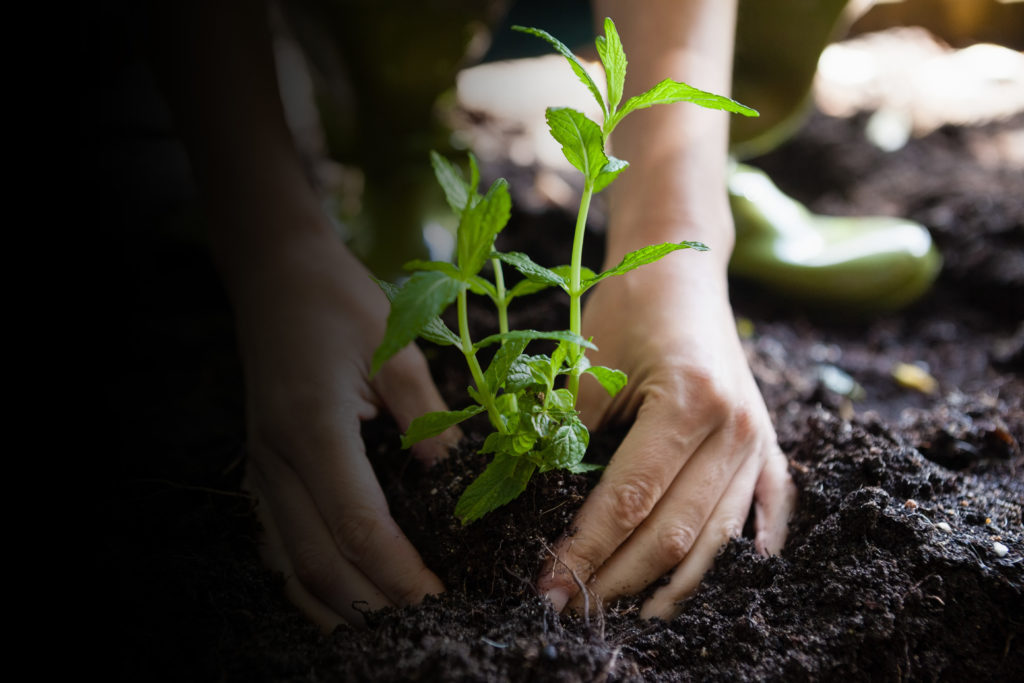
Permaculture
Coined in the late 1970s by Australian ecologist Bill Mollison and environmental designer David Holmgren, the concept was originally a mash-up of “permanent” and “agriculture” that morphed into a holistic approach to land management.
Four general precepts:
- Care for the Earth
- Care for People
- Careful Process (i.e., it’s not just the ends but also the means that matter)
- Transitional Ethic which acknowledges that we’re not all going to start building composting toilets tomorrow, but we can each take a positive step toward the ultimate goal: overall health and resiliency
Over the years, with the growth of development, phosphorous runoff from lawn fertilizers has increased exponentially. In the late 1990s the turf grass industry estimated there were just over 3 million acres of turf grass in the Bay watershed. By 2004–2005, that number had climbed to nearly 3.8 million acres, according to a study by the Chesapeake Stormwater Network. While farmers must file nutrient management plans to prevent excess nutrients running off into waterways, individual property owners can fling fertilizer on lawns whether they need it or not. And it turns out that most lawns don’t need it.
The University of Maryland’s Bay-Wise program recommends that property owners do a soil test before they introduce fertilizers, to determine if and what they may need. The type of fertilizer is key too. Maryland now prohibits including phosphorous (a huge culprit in algae blooms) in lawn fertilizer sold in the state, and phosphorous is either banned or limited in ten other states.
Another easy step property owners can take is eliminating weed suppressant on lawns. Prior to World War I, most grass seed contained clover, a nitrogen-fixing legume that naturally enhances soil fertility and quality. Clover is also food for our besieged pollinators, especially bees. Dandelion flowers are one of the first, most reliable forage plants for both honeybees and many of the region’s 450 native bee species, and dandelion leaves (prior to blooming) are also excellent in spring salads. (Well-made dandelion wine’s not bad either).
Without weed suppressants, clover, violets and other plants have an opportunity to grow, offering a buffet for pollinators. For those of us brought up to aspire to aristocratic swathes of unadulterated green (which is in fact a food desert), forgoing weed suppressant requires an adjustment in outlook. And while a lawn dappled with clover, violet and dandelion may lie athwart some outdated suburban HOA codes, it’s much closer to the multipurpose way that permaculture—and nature—functions. We just need to view our landscapes through a wider, better-informed lens.
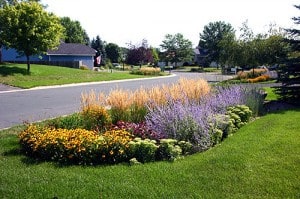
You might begin by installing a rain garden on your property. A rain garden is done in a low spot in the landscape that collects rainwater runoff from a roof, driveway or street. It slows the flow and allows the water to soak into the ground. When planted with native grasses and flowering perennials that absorb excess nutrients, rain gardens can be a cost-effective and beautiful way to reduce runoff from your property and provide habitat for pollinators.
All plants draw carbon dioxide out of the atmosphere, and what they don’t use to grow, they sequester in the soil. Native plants are better suited to the local climate. They rarely need fertilizer, require less watering and tend to be very low maintenance.
But planning and planting a garden in fall? Yep, and here’s why. Because by fall, you’ve likely seen what gulley-washers do and how water moves through your landscape, so you know where a rain garden will be best positioned. Early- to mid-fall is also one of the best times to plant trees, shrubs and perennials. Plants planted in the fall can develop a stronger root system due to autumn’s warm soil temperatures, cool air temperatures and predictable precipitation. It’s also an optimal time to fertilize (if you really need to), with less weed competition and fewer insect pests.
Another plus is that off-season plants are on sale in fall. Nurseries are clearing out, often at fire-sale prices. Potted perennials in the nursery center may look a little peaky, and you often won’t see their bloom. Which is what the internet is for; look ’em up, (preferably by Latin name rather than just common name, which can vary from region to region) if you want to see how they will bloom next spring. But, by planting them now they will reward you with lusher growth and blooms than if they had been planted in spring, on the cusp of summer’s hotter, drier weather. It’s just one piece of the diverse permaculture web, but one offering almost-immediate satisfaction and enjoyment that endures for years, permaculturally.

